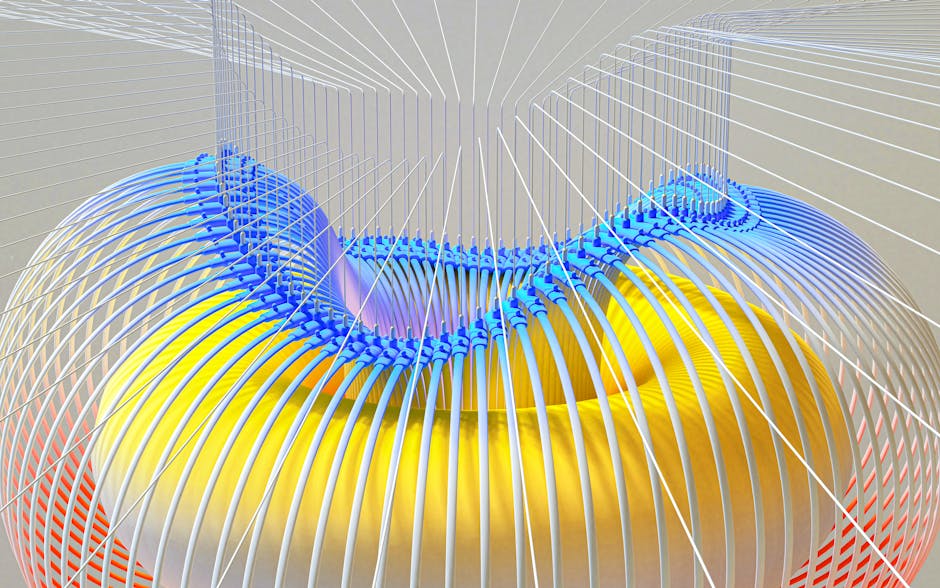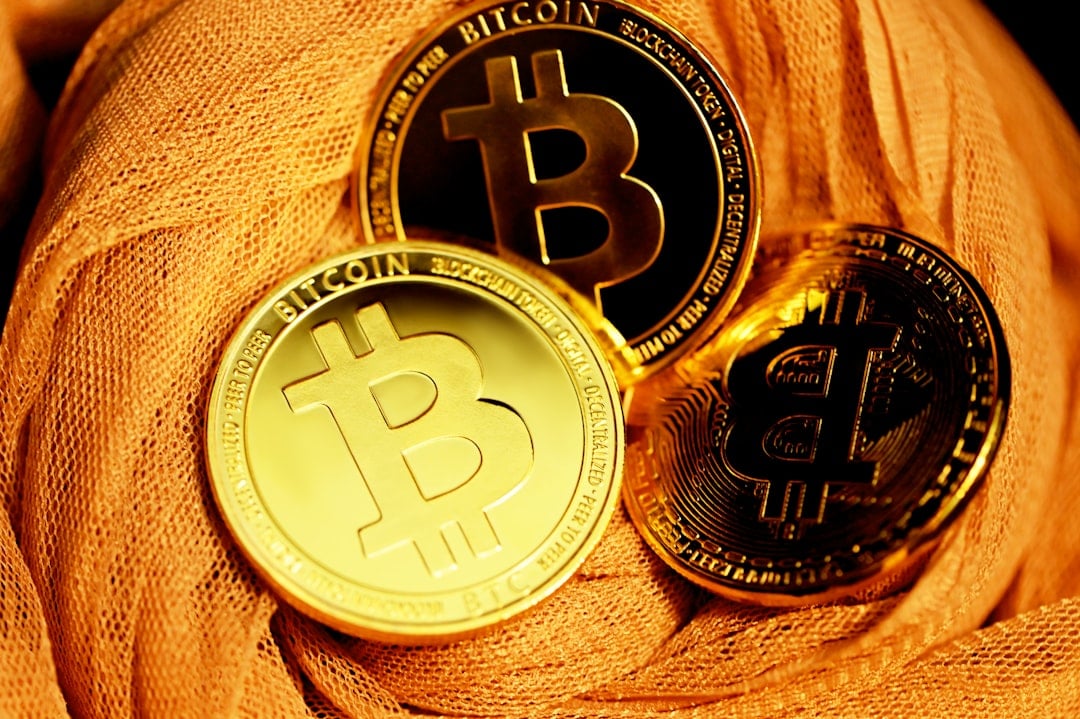3d art: 7 Powerful Reasons to Explore Stunning 3D in 2025
The Fascinating World of 3D Art
3D art refers to creative works that occupy three dimensions—height, width, and depth—allowing viewers to experience them from multiple angles and perspectives. Unlike 2D art, these works create immersive experiences through physical space or the illusion of depth.
Types of 3D Art:
* Physical 3D Art: Sculptures, installations, shadow boxes
* Digital 3D Art: Computer-generated models, animations, virtual environments
* Illusionary 3D Art: Trompe-l’œil, anamorphic street art, stereoscopic images
Key Characteristics:
1. Occupies or simulates three-dimensional space
2. Can be viewed from multiple angles
3. Employs light, shadow, and perspective
4. Creates immersive, interactive experiences
3D art transforms our perception of space, challenging the boundaries between reality and illusion. Whether through the classical sculptures of Rodin, the immersive installations of Yayoi Kusama, or the digital fields created by modern 3D artists, this art form continues to evolve with technology while maintaining its power to captivate and inspire.
I’m Samir ElKamouny AV, an entrepreneur and marketing expert who has helped numerous businesses leverage 3D art to create impactful brand experiences and immersive customer journeys. My passion for innovative technologies has led me to explore how 3D art transforms digital marketing and audience engagement.
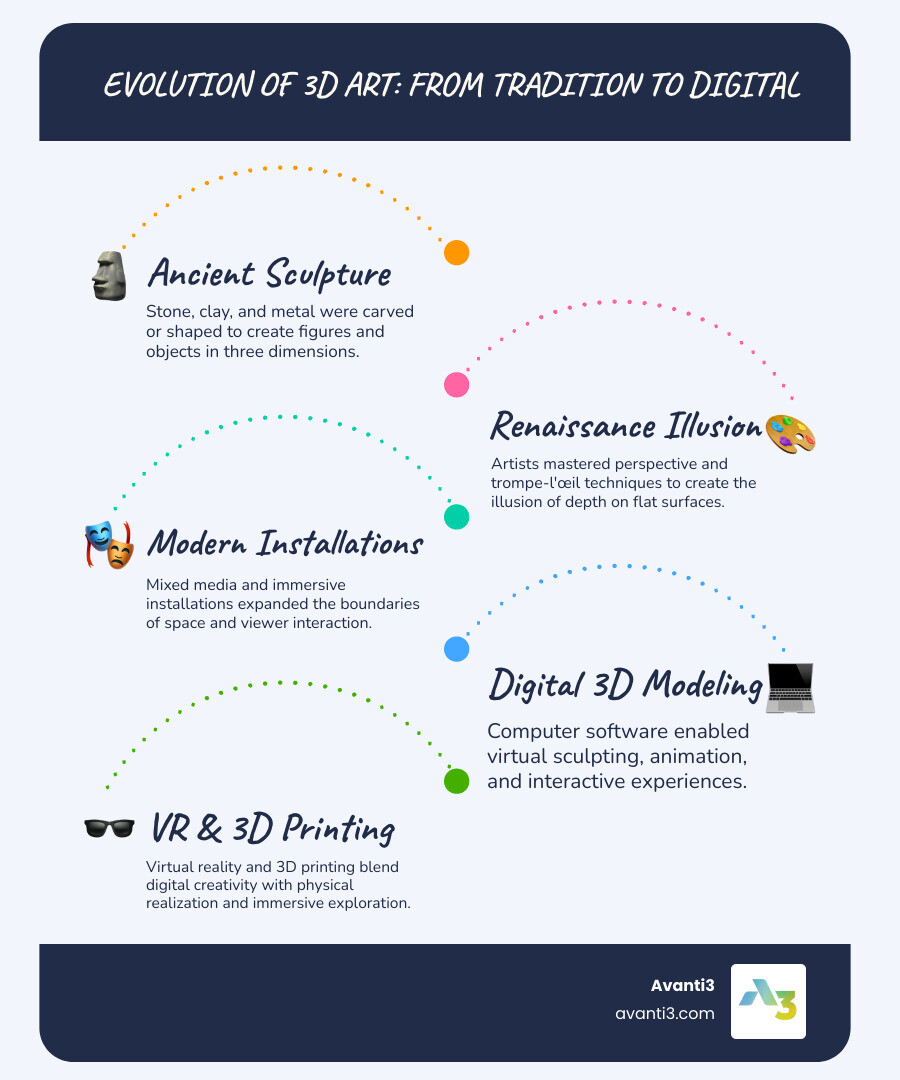
Understanding 3D Art: Definition, Forms & Core Principles
Have you ever wanted to reach out and touch a piece of art? That’s the magic of 3D art—it invites you into a world where creativity doesn’t just sit flat on a page but comes alive in the space around you. Unlike traditional 2D works, three-dimensional art occupies real space or creates the convincing illusion of depth, changing viewing into an experience.

What is 3D Art?
Simply put, 3D art exists in three dimensions: height, width, and depth. This fundamental quality sets it apart from flat paintings or drawings. When you encounter three-dimensional art, you’re not just looking at a single static image—you’re experiencing a piece that changes as you move around it.
Think about walking around a sculpture in a museum. With each step, new details emerge, shadows shift, and your perspective transforms. That’s the beauty of spatial principles in 3D art. Artists working in three dimensions carefully consider volume (how much space the object occupies), mass (the visual weight and solidity), perspective (how the piece changes from different viewpoints), and even negative space (the empty areas that help define the form).
As noted by EDEN Gallery, “Three-dimensional art occupies space with height, width, and depth and can be viewed from all sides and angles.” This multi-angle viewing experience creates a connection between viewer and artwork that feels more intimate and engaging than its 2D counterparts.
Main Types of 3D Art
The world of 3D art is wonderfully diverse, spanning ancient traditions to cutting-edge technology:
Physical sculpture represents perhaps humanity’s oldest artistic tradition—think of everything from Michelangelo’s marble masterpieces to Louise Bourgeois’s giant metal spiders. Digital modeling has revolutionized the field, allowing artists to create complex three-dimensional objects and environments in virtual space. The rise of 3D printing bridges these worlds, changing digital designs into physical reality.
When you walk down certain city streets, you might encounter street illusions that appear to pop right off the pavement when viewed from the perfect angle. Mixed-media approaches combine various materials to create rich textural experiences. Some artists incorporate the human body through performance art, while others create installation pieces that transform entire rooms into immersive experiences.
The beauty of modern 3D art is how it continues to evolve. Artists blend traditional craftsmanship with technological innovation, creating works that would have been impossible even a decade ago. Communities on platforms like DeviantArt showcase this incredible diversity, from handcrafted ceramics to mind-bending digital worlds.
How 3D Differs from 2D
The distinction between 2D and 3D art goes far deeper than just adding an extra dimension:
| Aspect | 2D Art | 3D Art |
|---|---|---|
| Dimensions | Height and width only | Height, width, and depth |
| Viewing Experience | Static, single viewpoint | Dynamic, multiple viewpoints |
| Interaction | Visual only | Can be visual and tactile |
| Space Utilization | Creates illusion of depth | Actually occupies or simulates real space |
| Light Interaction | Depicted through shading | Interacts with real light (physical) or simulated light (digital) |
| Creation Process | Drawing, painting, printing | Sculpting, modeling, constructing, printing |
When you look at a painting, you stand in one spot and observe a representation of reality. With 3D art, you can move around—or sometimes even through—the piece, experiencing it from countless angles. This fundamental difference creates a more active relationship between viewer and artwork.
The immersive quality of three-dimensional work explains why gallery curators often note that “two-dimensional art has become almost less attractive compared to 3D art.” In our increasingly digital world, we crave experiences that engage more of our senses and allow us to participate rather than simply observe. That’s the power and promise of 3D art—it transforms passive viewing into active experience.
Traditional vs Digital Creation: Materials, Software & Techniques
The world of 3D art beautifully bridges ancient craftsmanship with modern technology. Whether you’re getting your hands dirty with clay or clicking away at a computer screen, creating in three dimensions requires a deep understanding of how forms exist in space.
Hands-On Materials & Methods
There’s something magical about creating 3D art with your own hands. The tactile connection between artist and material creates an intimate creative process that many find deeply satisfying.
Traditional sculptors work with a rich palette of materials, each with its own personality. Clay offers immediate feedback, responding to the slightest touch, while stone requires patience and planning as you gradually reveal the form hidden within. Metal can be cast, welded, or hammered into dramatic forms, and wood brings natural warmth and grain patterns to your creations. Many contemporary artists accept found objects and recycled materials, changing everyday items into thought-provoking sculptures.
The techniques are as varied as the materials themselves. Artists often begin with armature building—creating an internal skeleton that supports the sculpture as it takes shape. Casting involves pouring liquid materials like bronze or resin into molds, while carving is about removing material to reveal the form within. Assemblage artists combine disparate objects into unified wholes, and ceramicists use kiln firing to transform soft clay into permanent works.
These traditional approaches require dedicated workspace, specialized tools, and often years of practice. But many artists find the direct physical connection to their work irreplaceable—there’s simply no digital equivalent to feeling clay yield beneath your fingertips.
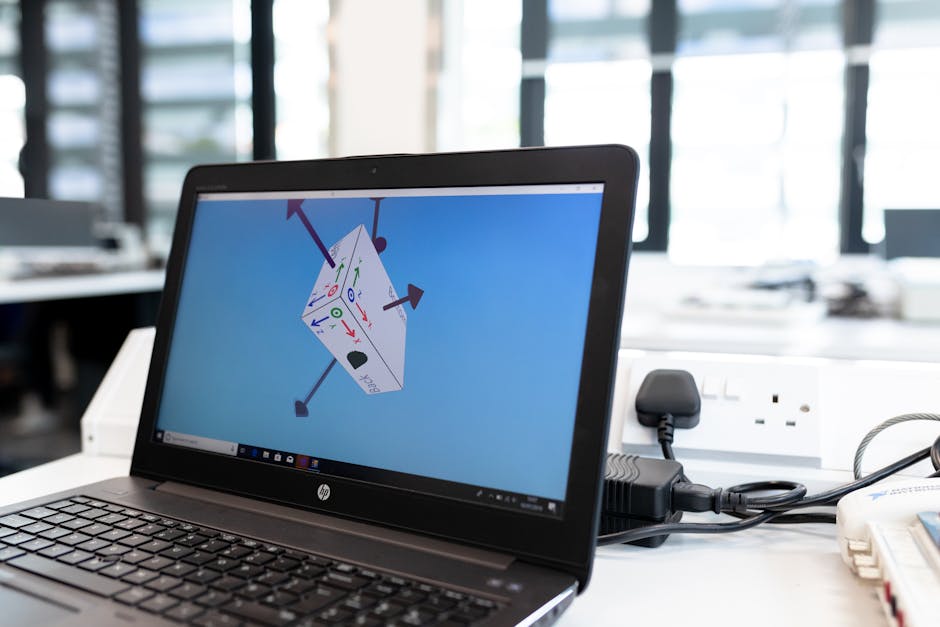
Digital Toolkits for 3D Artists
The digital revolution has opened extraordinary new frontiers for 3D art creation. Today’s digital tools offer unprecedented creative freedom, allowing artists to build worlds limited only by imagination.
Digital artists have a wealth of powerful software at their fingertips. Blender has democratized 3D creation with its robust free, open-source platform. Industry professionals often turn to Maya for animation and visual effects, while digital sculptors love the organic modeling capabilities of ZBrush. Cinema 4D has gained popularity for its intuitive interface, and 3ds Max remains a staple in game development and architectural visualization. For adding stunning surface details, Substance Painter has become the go-to texturing solution, while Houdini excels at procedural generation and complex effects.
Creating digital 3D art involves several interconnected stages. Artists begin by modeling—building the 3D geometry that forms the foundation of their creation. They then prepare surfaces for texturing through UV mapping, essentially creating a flat pattern that wraps around the 3D form. Texturing adds color, roughness, and other surface details that bring the model to life. For animated pieces, rigging creates a digital skeleton, enabling animation that adds movement and personality. Lighting sets the mood and reveals form, while rendering produces the final images or animations.
The digital approach offers incredible flexibility—you can experiment boldly, knowing you can always undo mistakes or try different directions without wasting materials. As one digital artist at DeviantArt shared, “Working digitally lets me push boundaries I’d never attempt with physical materials—gravity is optional in my digital sculptures!”
Bridging Physical & Digital with 3D Printing
3D printing represents a fascinating middle ground where digital creativity becomes physical reality—the perfect bridge between virtual and tangible 3D art.
The process begins in the digital field, where artists create detailed 3D models using modeling software. These designs are exported as STL files or similar formats that describe the object’s geometry. Slicing software then translates these models into instructions the printer can understand, determining how the object will be built layer by layer. The printer follows these instructions, gradually building up the physical object, before artists apply post-processing techniques like removing support structures, sanding rough edges, or adding paint.
Different printing technologies offer various possibilities. FDM printing uses spools of plastic filament melted and deposited in layers—it’s affordable and accessible for beginners. SLA printing uses liquid resin cured by light for smoother, more detailed results. SLS printing fuses powdered materials with lasers, offering strength and complexity that’s perfect for functional pieces.
For many artists, 3D printing offers the best of both worlds—the precision and freedom of digital design combined with the satisfaction of holding your creation in your hands. Professional finishing services have emerged to help artists who may have mastered digital modeling but lack the facilities or skills to perfectly finish their printed pieces.
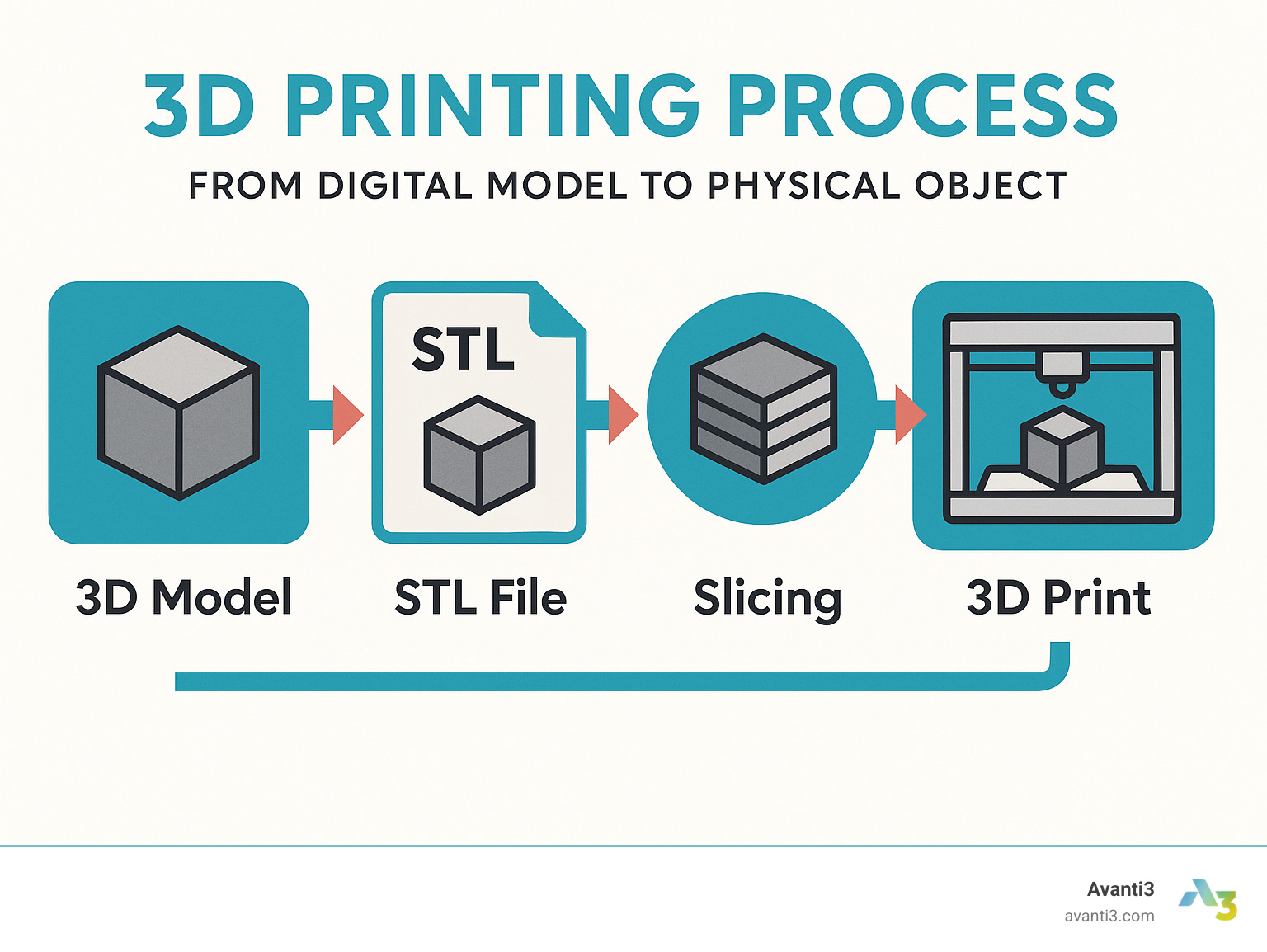
Whether you’re sculpting with clay that’s thousands of years old or designing in VR with cutting-edge tools, the essence of 3D art remains the same—bringing creative visions into dimensional form that viewers can experience from all angles. The blend of traditional craftsmanship with digital innovation continues to expand what’s possible in three-dimensional expression.
Industry Applications & Interactive Experiences
3D art has broken free from traditional gallery spaces to become a vital tool across countless industries. It’s not just about creating beautiful objects anymore – it’s about building immersive worlds that people can interact with in meaningful ways.
Entertainment & Media
From blockbuster movies to your favorite video games, 3D art is the magic behind the scenes:
In film and television, artists create everything from fantastical creatures to entire digital worlds. When you gasp at an impossible scene in a Marvel movie or feel transported to another planet, you’re experiencing the power of 3D visual effects. Behind those moments are teams of artists crafting detailed character models, expansive environments, and seamless visual effects.
The gaming world runs on 3D art. Every character you control, environment you explore, and object you interact with begins as a 3D model. Game artists build entire universes piece by piece, carefully balancing visual beauty with technical performance.
The scale of these projects is mind-boggling. Resources like KitBash3D provide pre-made asset collections for studios, with each kit containing dozens of structures and up to 100 props – all to help artists build consistent, high-quality worlds efficiently. Working with these professional-grade assets isn’t light work though – you’ll need serious computing power, with recommendations including 6-core processors, 8GB VRAM graphics cards, and 32GB of system memory.
Architecture & Product Visualization
3D art has revolutionized how we design and experience spaces before they’re built:
Architects now create detailed Building Information Models (BIM) that go far beyond simple drawings. These comprehensive 3D models contain information about every aspect of a building, from structural elements to electrical systems. Clients can take virtual walkthroughs of their future homes or offices, experiencing spaces that exist only in digital form.
Product designers use similar techniques to visualize everything from smartphones to furniture before manufacturing begins. This approach saves tremendous time and money by identifying design flaws early and reducing the need for physical prototypes. As one designer put it, “3D visualization isn’t just a nice-to-have anymore – it’s the essential bridge between our ideas and our clients’ understanding.”
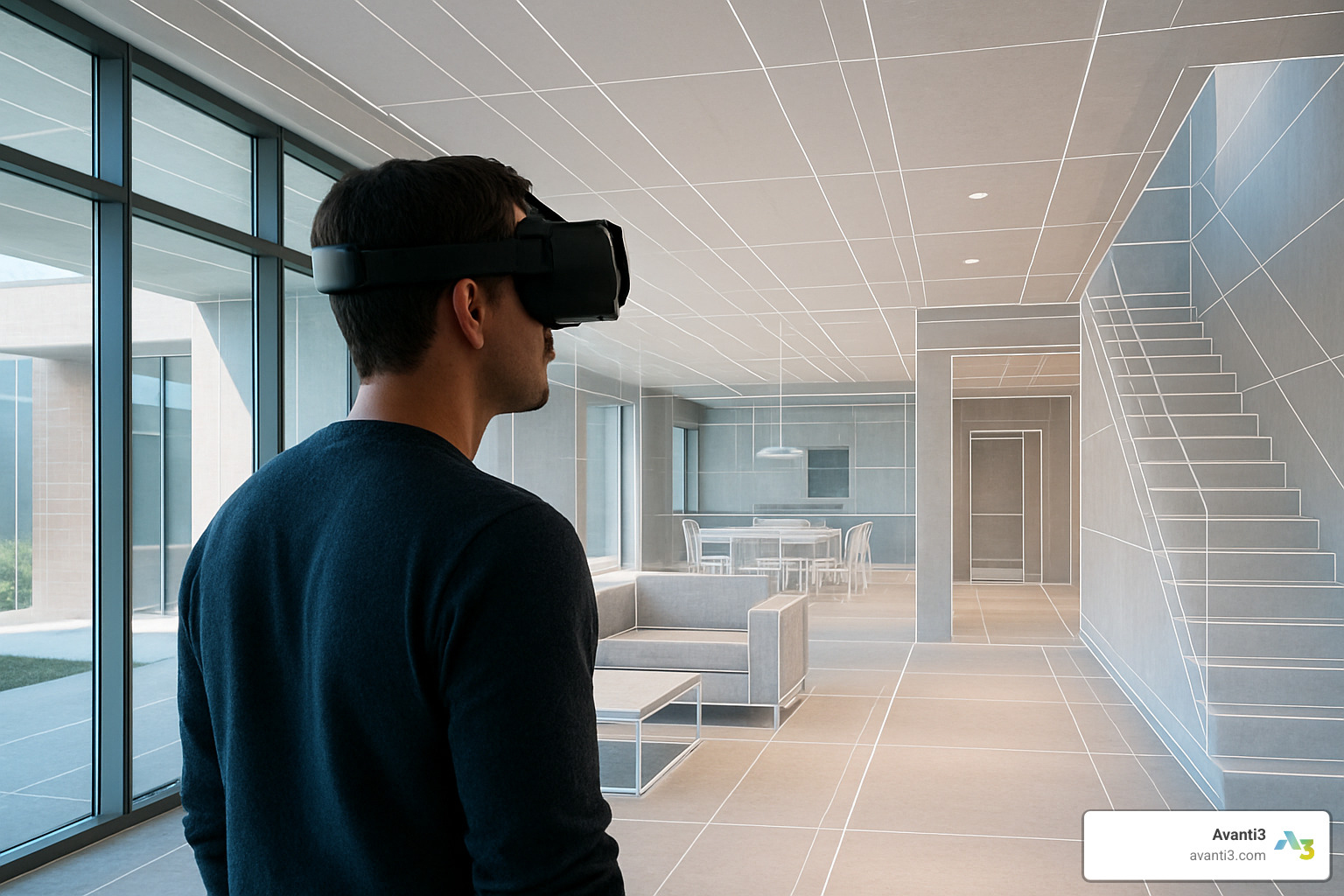
Experiential & Immersive Art
The most exciting frontier for 3D art might be in creating entirely new forms of artistic experience:
Interactive installations respond to your presence, changing based on your movements or touch. Imagine walking through a forest of light that blooms as you approach, or touching a sculpture that responds with sound and color – these experiences blur the line between viewer and participant.
Virtual and augmented reality take this even further. With VR headsets, you can step inside artistic creations, exploring them from angles impossible in physical space. AR overlays digital art onto the real world through your phone or special glasses, changing familiar environments into canvases for digital expression.
At Avanti3, we’re particularly passionate about these immersive possibilities. Our AR/VR immersive experiences use 3D art to create memorable moments that stick with people long after they’ve removed their headsets. We’re not just showing art – we’re building worlds people can touch, explore, and connect with.
The NFT revolution has opened new doors for 3D artists too. Through our NFT digital art sales platform, creators can tokenize their work, establishing clear ownership and enabling ongoing royalties when their pieces change hands. This technology is changing how artists build sustainable careers in the digital age.
The beauty of 3D art in these applications isn’t just technical – it’s about creating human connections through innovative experiences that weren’t possible before. Whether you’re exploring a virtual reality experience or interacting with a responsive digital sculpture, these new art forms speak to us on levels that traditional media simply can’t reach.
Future Trends, Challenges & Learning Paths in 3D Art
The world of 3D art is evolving at breakneck speed, opening doors for creators while presenting unique problems. Let’s explore what’s on the horizon, what stands in the way, and how you can join this exciting creative movement.
Opportunities & Obstacles for Artists
Breaking into the 3D art world today feels like stepping into a land of both promise and challenge.
On the bright side, we’re seeing job markets expand dramatically across entertainment, design, and tech sectors. New platforms make it easier than ever to showcase your work, with NFTs creating fresh ways for artists to monetize their creations. Software that once cost thousands now offers free or affordable versions, democratizing access to professional tools. Plus, the internet has made global collaboration a reality – you can work with teammates across continents as easily as across the room.
But it’s not all smooth sailing. The hardware requirements can hit your wallet hard – those 6+ core processors, 8GB+ VRAM graphics cards, and 32GB+ RAM setups represent significant investments. The learning curve for professional software remains steep, and the technology keeps changing, requiring constant upskilling.
Perhaps most challenging is the cross-disciplinary nature of 3D art. As one industry insider put it: “Not all skilled 2D artists can do justice to 3D art, as it requires additional tricks and perception.” You’re not just an artist anymore – you’re part technician, part programmer, part designer.
How to Start Your 3D Art Journey
Despite these challenges, there’s never been a better time to dive into 3D art. The entry points are more accessible than ever before.
Start with Blender – it’s completely free yet offers professional-grade tools that rival expensive alternatives. Begin your learning journey with structured tutorials that build skills progressively rather than jumping into complex projects immediately. The online 3D art community is incredibly supportive; platforms like BlenderArtists connect beginners with experienced mentors willing to share their knowledge.
Remember to start small. Your first project shouldn’t be a photorealistic human face or an elaborate fantasy world. Begin with simple objects, mastering basic modeling techniques before advancing to more complex challenges. And don’t neglect traditional art fundamentals – understanding form, light, and composition remains essential regardless of your medium.
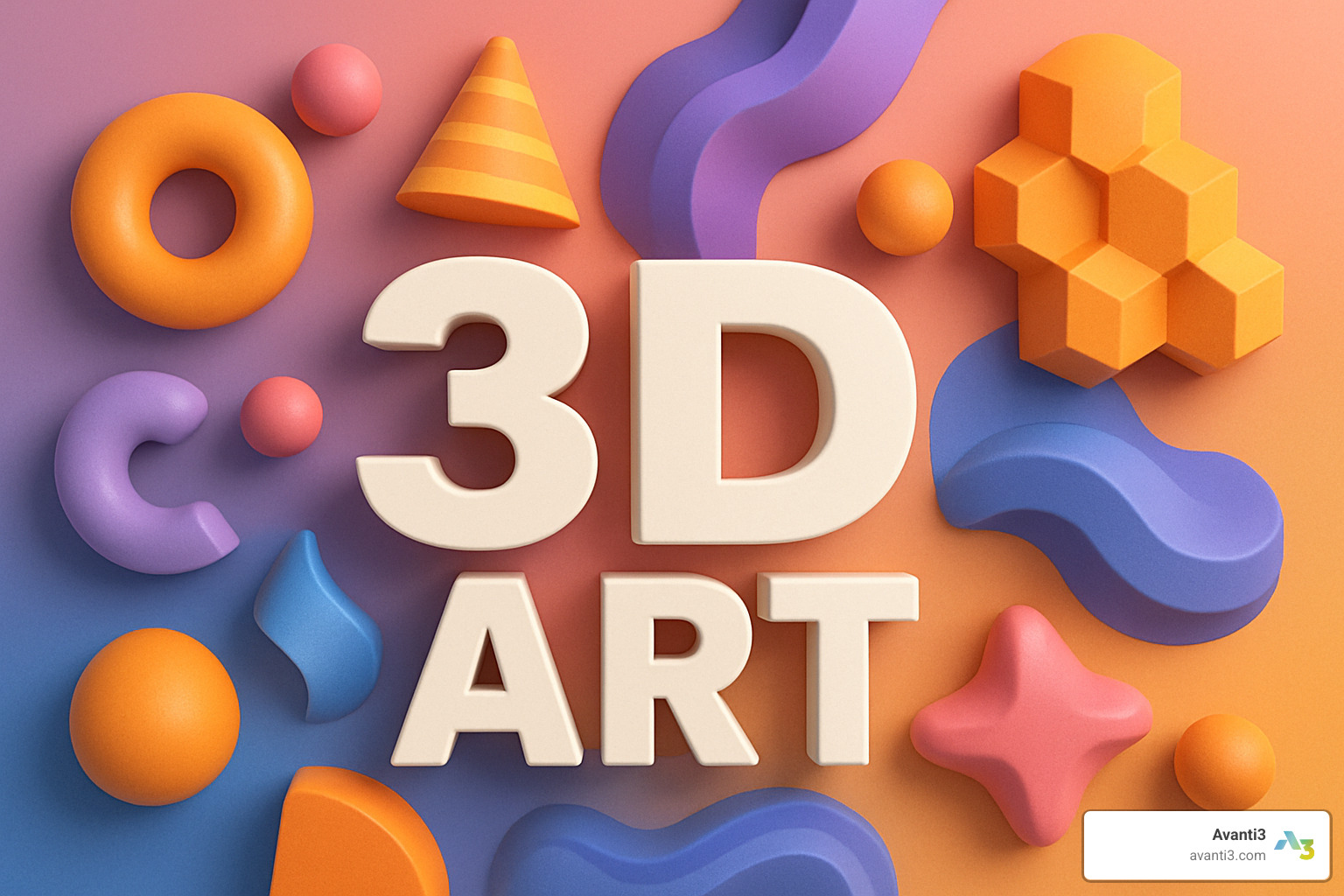
Learning resources abound – from ArtStation’s 155+ dedicated 3D courses to countless YouTube tutorials. As one educator wisely advises: “Begin with drawing or sketching to establish a design foundation before creating 3D art.”
At Avanti3, we believe creative tools should be accessible to everyone. We’re committed to supporting artists making the leap into three-dimensional creation through our community resources and ongoing support.
Emerging 3D Art Trends
The future of 3D art looks incredibly exciting, with several trends reshaping what’s possible.
AI tools are revolutionizing creation processes. Text-to-3D generators can now transform written descriptions into basic 3D models, while AI assists with tedious tasks like texturing and rigging. These tools don’t replace artists but instead free them to focus on creative decisions rather than technical problems.
Extended reality technologies are pushing boundaries too. Volumetric capture creates astonishingly lifelike digital humans, while tactile VR gloves let viewers actually “feel” digital sculptures. The line between physical and digital art continues to blur, with mixed reality installations combining tangible elements with digital overlays.
Sustainability concerns are influencing the field as well. New eco-friendly materials for 3D printing reduce environmental impact, while virtual experiences offer ways to enjoy art without physical resource consumption. Digital twins help preserve and restore cultural artifacts that might otherwise be lost to time.
The Web3 revolution is perhaps most transformative for artists’ livelihoods. Decentralized ownership models, metaverse galleries, and smart contracts for automatic royalty distribution are creating fairer compensation systems for creators. At Avanti3, we’re particularly excited about these developments, as our NFT Digital Art Sales platform helps creators maintain ownership and receive ongoing compensation for their work.
As 3D art becomes increasingly immersive and integrated with our daily lives, the possibilities for creative expression seem limitless. Whether you’re a seasoned professional or just starting your journey, you’re entering this field at perhaps its most exciting moment.
Frequently Asked Questions about 3D Art
What skills do I need to become a 3D artist?
Thinking about diving into 3D art? You’ll need a blend of creativity and technical know-how, but don’t worry—these skills can be developed over time with practice and patience.
On the artistic side, understanding form and proportion helps you create balanced, believable work. Color theory and composition skills ensure your pieces are visually appealing. And while many successful 3D artists started with traditional drawing skills, it’s not always essential—I’ve seen people with minimal drawing ability create stunning 3D work by leveraging their spatial thinking abilities.
The technical side might seem intimidating at first, but it’s completely learnable. You’ll gradually become comfortable with modeling software, understand how to create efficient geometry (called topology), and learn how materials, lighting, and rendering work together to create the final image.
Just as important are the human skills—patience (you’ll need it!), problem-solving (because things will go wrong), and the ability to take feedback without taking it personally. As one artist told me, “My first 3D models were terrible, but each one taught me something new.”
Remember what industry veterans often say: “Master the fundamentals of art and design first, then tackle the software.” Good design principles apply whether you’re sculpting clay or pixels.
Which software should beginners choose?
Choosing your first 3D art software can feel overwhelming with so many options available. The good news? There’s never been a better time to start, with powerful free options alongside professional tools.
Blender stands out as an excellent starting point. It’s completely free, incredibly capable, and has a massive supportive community. What was once considered difficult to learn has become much more user-friendly in recent years, with improved interfaces and countless tutorials available online.
If digital sculpting interests you, ZBrush Core offers a more affordable entry point to professional sculpting tools. For architectural or product design, Sketchup provides an intuitive approach to creating structures and objects.
When making your choice, consider your computer’s capabilities (3D software can be demanding), the availability of learning resources, and which tool aligns with your specific interests. Are you drawn to character creation? Environment design? Product visualization?
I’ve found that most professionals recommend starting with Blender simply because it removes the financial barrier while providing professional-grade capabilities. As one 3D educator puts it: “Blender gives you everything you need to start creating without spending a penny, and the skills transfer well to other software if you switch later.”
How can viewers interact with 3D art online?
The digital world has opened exciting new ways for people to experience 3D art beyond just looking at static images. Today’s online platforms create rich, interactive experiences that were impossible just a few years ago.
Platforms like Sketchfab let viewers rotate, zoom, and examine 3D models from any angle—bringing an almost tactile quality to digital work. Virtual galleries create immersive spaces where you can “walk” through exhibitions from anywhere in the world. For an even more personal experience, AR technology lets you place digital sculptures right in your living room through your smartphone.
The most immersive experiences happen in virtual reality, where you can step inside artistic creations and interact with them in ways that feel surprisingly physical. At Avanti3, we’re particularly excited about the potential of our Virtual Reality Experiences to transform how people connect with art and each other.
What makes these digital interactions special isn’t just the technology—it’s the social element. Online platforms increasingly include features for commenting, sharing, and discussing, creating communities around digital art that span the globe.
As one collector mentioned to me, “Being able to place an artist’s 3D creation in my own space through AR before purchasing an NFT completely changed how I connect with digital art.” These technologies are bridging the gap between physical and digital art experiences in ways that benefit both creators and audiences.
Conclusion
The evolution from flat to fabulous in 3D art truly represents one of today’s most exciting creative frontiers. Throughout our exploration, we’ve seen how 3D art spans an incredible spectrum—from the timeless tradition of physical sculpture to the boundless possibilities of digital fields.
What makes 3D art so magical is its unique ability to bridge our physical and digital worlds. Think about it: whether you’re admiring a tangible sculpture you can walk around or stepping into a virtual environment that responds to your movements, 3D art engages our senses in ways that flat media simply can’t match.
The good news? Creating 3D art is more accessible than ever before. What once required expensive equipment and years of specialized training is now available to anyone with a computer and determination. This democratization is bringing fresh voices and perspectives to the medium, sparking innovation that keeps pushing boundaries.
At Avanti3, we’re particularly thrilled about where 3D art intersects with emerging Web3 technologies. By combining blockchain capabilities, NFTs, and immersive AR/VR experiences, we’re creating new pathways for artists to share their work, connect with audiences, and—importantly—receive fair compensation for their creativity. Our passion for empowering creators drives everything we do, from developing customizable engagement tools to crafting fintech solutions that set new standards in digital engagement.
Looking ahead, the horizon for 3D art continues to expand. Artificial intelligence, haptic feedback technology, brain-computer interfaces, and innovations we haven’t even imagined yet will open doors to new creative possibilities. What remains constant, though, is our human desire to create and experience art that occupies space—whether physical or virtual—and engages us from multiple angles and perspectives.
Whether you’re a creator looking to expand your toolkit, a business seeking to leverage 3D art for marketing, or simply an enthusiast fascinated by this field, we hope our guide has illuminated the path forward. The journey from flat to fabulous is filled with endless findy and innovation—and we’d love for you to join us in exploring its possibilities.
For more information about our immersive VR services and how we’re helping creators harness the power of 3D art in the Web3 space, visit our Virtual Reality Experiences page.

